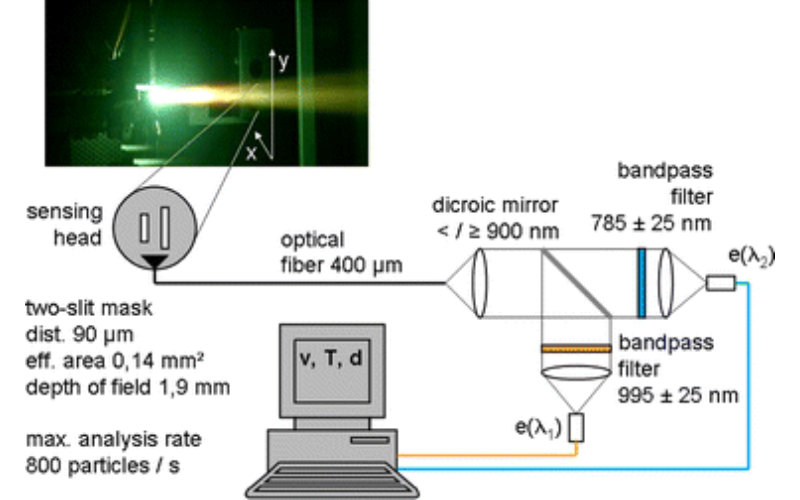冷气体动态喷雾冲击:金属结合先决条件和实验粒子飞行中温度测量
在许多工程应用中,高速微米级颗粒的冲击现象虽然通常被认为是有害的,但如果能够正确理解和控制,也是有益的。冷气体动态喷射(CGDS)工艺是一种表面改性、修复和增材制造工艺,它依赖于这种高速冲击。在该工艺中,固体颗粒被超音速气流加速到 1200 米/秒的速度,同时被加热到低于其熔点的温度。在适当的速度和温度下推进时,颗粒可以粘合到目标表面上。这种粘合是由接触界面上发生的界面变形过程引起的。因此,这一过程在很大程度上依赖于气体/颗粒和颗粒/基底之间的相互作用。尽管已经进行了大量的实验和/或数值研究来描述 CGDS 过程中粒子飞行和撞击过程中发生的现象,但对许多现象仍然知之甚少。首先,基底表面的地形条件对颗粒变形和成功附着能力(即原子和/或机械附着)的影响尚未得到深入研究,因此对其影响还不甚了解。在这一过程中,实验研究与数值研究之间差距最大的另一个方面是缺乏粒子飞行中的温度测量。事实证明,获取此类数据在技术上十分困难。颗粒飞行时间短、颗粒温度低、颗粒尺寸小,导致无法使用成熟的热喷涂测温设备。与此相关的是,由于缺乏此类测量数据,无法对颗粒/基底界面上与冲击有关的现象进行适当的实验研究。因此,颗粒大小与温度的关系对涂层整体性能和原子结合的影响目前只能依靠估计。最后,对于硬基底上的软颗粒沉积,颗粒撞击特性对界面现象的影响,即颗粒尺寸和几何形状、速度/温度和氧化鳞片厚度,对单个颗粒碰撞时的附着力和变形的影响,研究也很少。因此,目前的研究工作旨在研究颗粒/气体传热和颗粒/基底碰撞特征的基本方面,以加深对 CGDS 过程的理解。我们将采用不同的表面制备方法来制造各种表面粗糙度和地形特征,以便清楚地了解目标表面状态对涂层形成和附着力的影响。此外,还将利用依靠新技术的新设备(即高速红外摄像机)来获取粒子飞行时的温度读数并进行序列记录。随后,将利用实验粒子飞行温度读数来开发计算流体动力学模型,以验证目前使用的努塞尔特数相关性和传热方程。将通过实验研究颗粒大小对温度的影响,以及颗粒在撞击目标表面时的弹性和塑性响应及其成功粘合和形成涂层的能力。在实验结果的基础上,还将进行全面的 CFD 数值工作,以提供成功沉积颗粒的全部撞击特征(速度、温度、尺寸和轨迹)。最后,在接下来的研究中,将利用数值结果将单个颗粒的变形、附着力和界面特征与冲击特征联系起来。有限元模型将用于研究与颗粒大小相关的温度对单颗粒界面压力、温度和粘合能力的影响。
原文为渥太华大学论文
作者:Aleksandra Nastic
